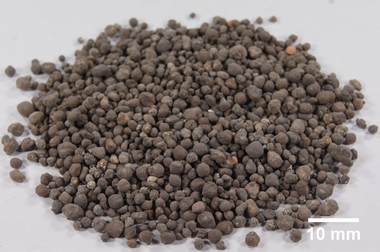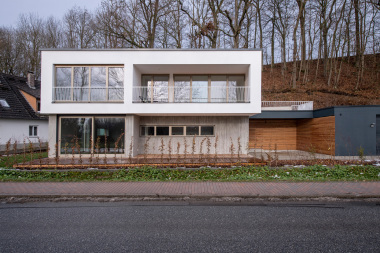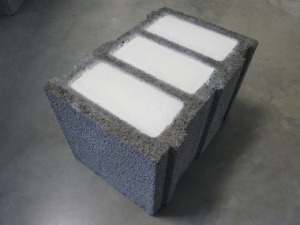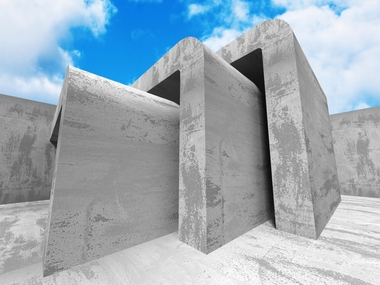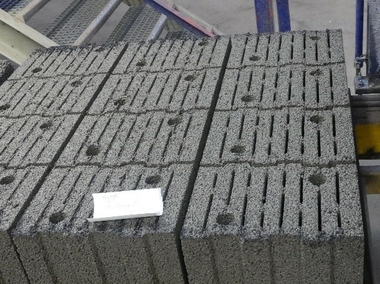I.) Concrete properties and production
The idea of expanding the range of lightweight concretes to include lower bulk densities in order to offer interesting thermal solutions has already been successfully implemented in practice by working groups in Munich and Berlin [1-3]. Both approaches differ primarily in the choice of the lightweight aggregate used. Whereas a combination of expanded clay and expanded glass is used for the lightweight concrete of Callsen/Thienel [1], Schlaich et al. [2, 3] used only expanded clay aggregate. There are also other approaches, such as [4], that use only expanded glass as a lightweight aggregate.
This paper refers to specific examples to explain how the various types of infra-lightweight concrete differ in their properties. In addition to the achieved strength values, these differences primarily pertain to processing properties. In this respect, the role that the number of recipe components plays must not be underestimated since it often appears to be a limiting factor for precast plants. The above aspects then determine the requirements that potential producers of infra-lightweight concretes must meet, as well as the opportunities infra-lightweight concretes provide for the production of prefabricated elements.



